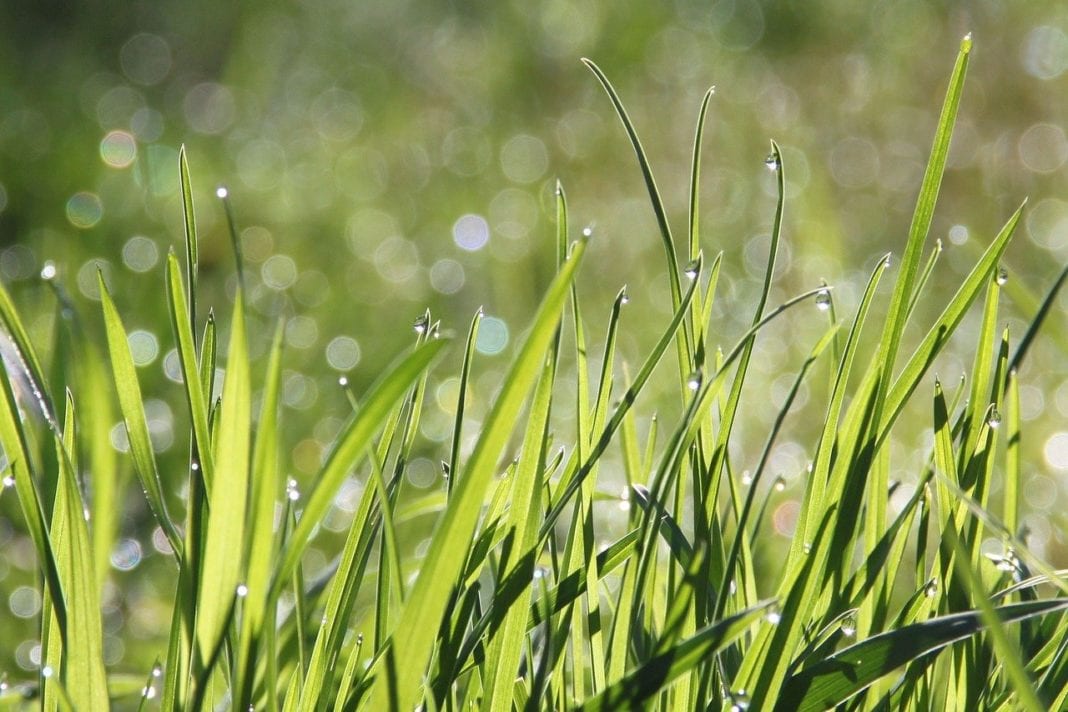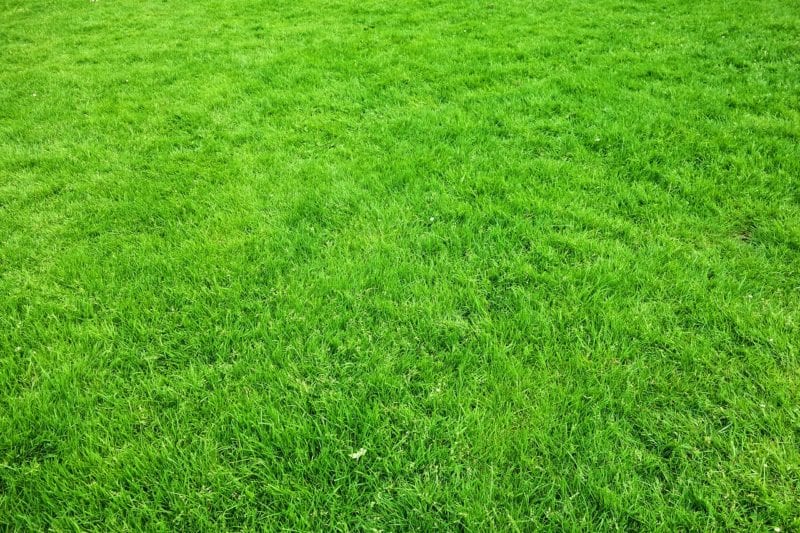Last updated on October 23rd, 2023 at 08:52 pm
Healthy lawn requires continuous attention. If the green space is neglected, weeds, bare patches and unsightly discoloration won’t be long in coming. Below is an overview of five effective measures for healthy grasses.

Contents
1 Scarify the lawn
Needs-based care promotes an evenly beautiful lawn. If the lawn is already mossy or matted, it is time for a thorough treatment by scarifying. This mainly removes lawn felt and moss. The appropriate equipment for this is known as a scarifier. They have rotating blades that penetrate a few millimeters into the turf and score it. During this process, the unwanted components in the lawn are loosened and the roots of the grasses are subsequently better supplied with oxygen. The lawn grows denser and gains robustness. The roots of the lawn remain undamaged, as the treatment is only superficial. Scarifying is useful both in late summer to clean up the lawn before winter and in spring.
Tip: You can quickly determine if it’s time to dethatch with a rake. If moss and dead plant parts stick to the rake while loosely pulling through the turf, the use of a scarifier is advisable.
For small lawns or for targeted treatment of specific areas, a manual scarifier is completely sufficient. Due to the required and not to be underestimated effort for maneuvering, an electric scarifier is a convenient alternative. For larger areas, a gasoline dethatcher with wheel drive would be ideal. “On the one hand, you benefit from the flexibility of the device, and on the other hand, users have to exert less force to push the scarifier forward,” the editors explain about the gasoline-powered version at vertikutierer.org, a consumer guide to scarifiers and their special features.
2 Aerify and prevent waterlogging
If moss is increasingly spreading and displacing the lawn, an aerator can provide a remedy. This device aerates the lawn by poking deeper holes in the ground. These spaces are filled with sand to minimize moisture content and prevent waterlogging. This method strengthens the lawn and improves soil texture. If necessary, the sand can be mixed with lawn seed.
Supplementary information on lawn soil here to read.

3 Mowing and boosting photosynthesis
To support photosynthesis and stimulate plant growth, lawns are mowed once a week. After the winter, it is important not to cut the lawn too short. After all, the plants are weakened after the cold months. The more area the leaves, the stronger photosynthesis. Two-thirds of the length should be left standing. Five centimeters may have the leaves after mowing. If owners prefer English lawn, a reel mower is recommended. These garden tools allow very precise cutting surfaces. Sickle mowers in comparison are much less accurate, the grasses look fringy.
The times at which lawn mowing is permitted, the advantages of robotic mowers and whether they also work in the rain are explained in the section on lawn mowers.
4 Watering – best done automatically
When sweltering heat demands everything from the lawn in the summer months, healthy plant growth requires watering. Without moisture, the leaves dry out. Watering is done in the evening, when the lawn is already in the shade. In sunshine, wetness leads to burning. In large gardens, automated irrigation systems are a boon. They promise maximum convenience and time savings. The leading manufacturer of irrigation products, according to its own information, presents solutions for home gardens at rainbird.de. A system from competitor Hunter is presented in a user’s report:
5 Fertilize, but with moderation
When the first major growth spurt occurs between April and May, lawn plants benefit from fertilizer. It provides them with essential nutrients such as nitrogen, potassium, phosphorus and magnesium. About 30 grams of fertilizer per square meter serves as a guide. To ensure that the green area can be called as such after the summer and does not look like a patchwork quilt, a second and third fertilization can be applied at the end of June and in August, respectively.


